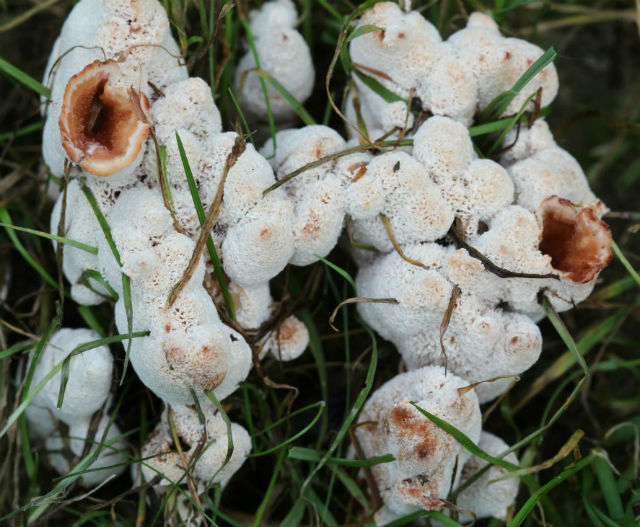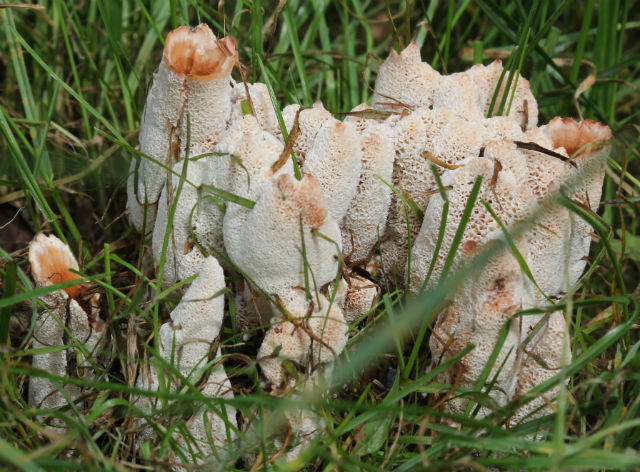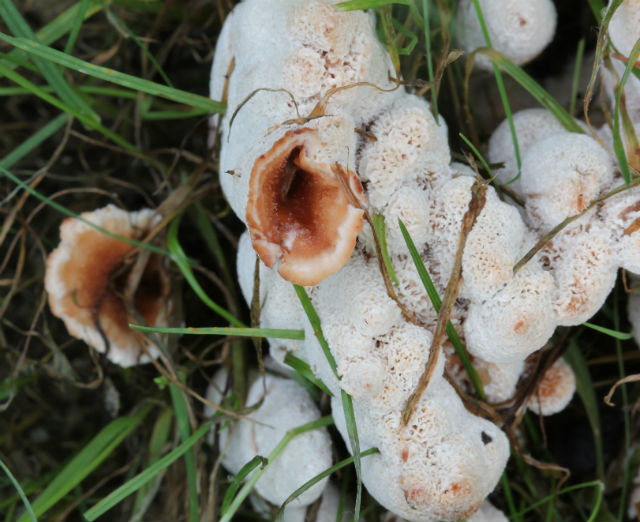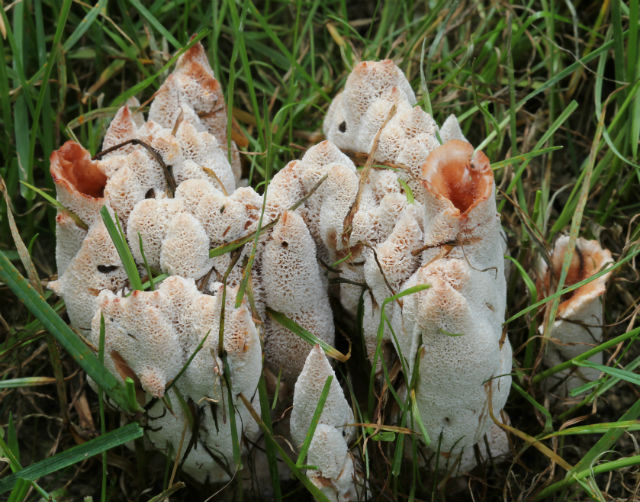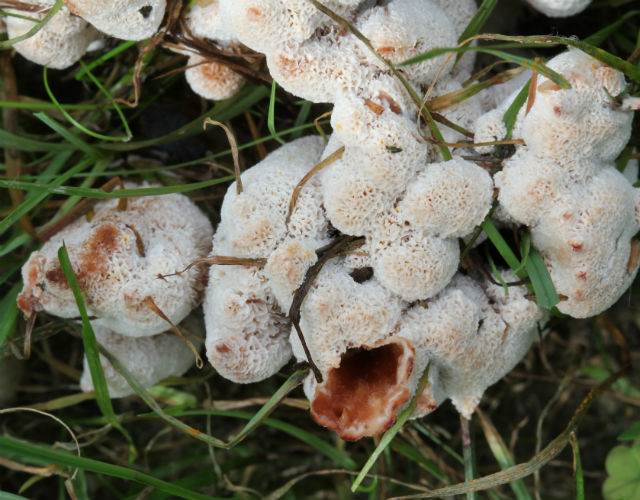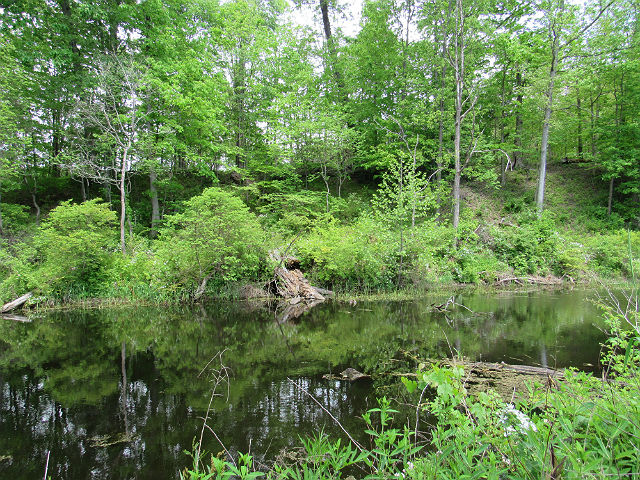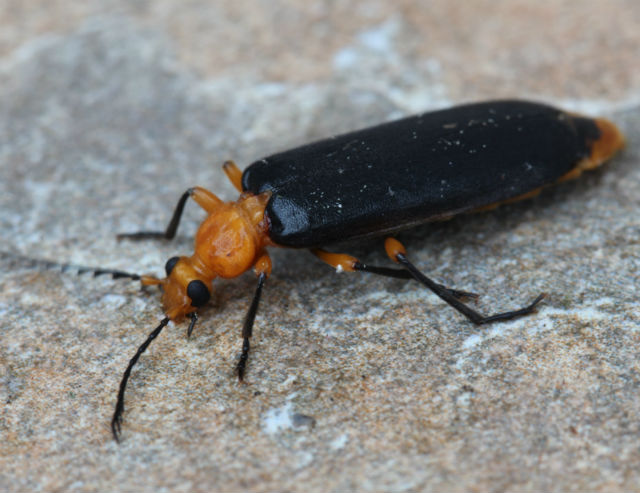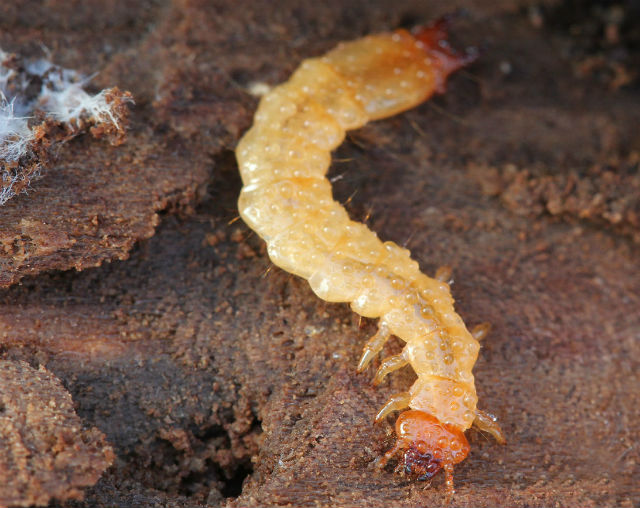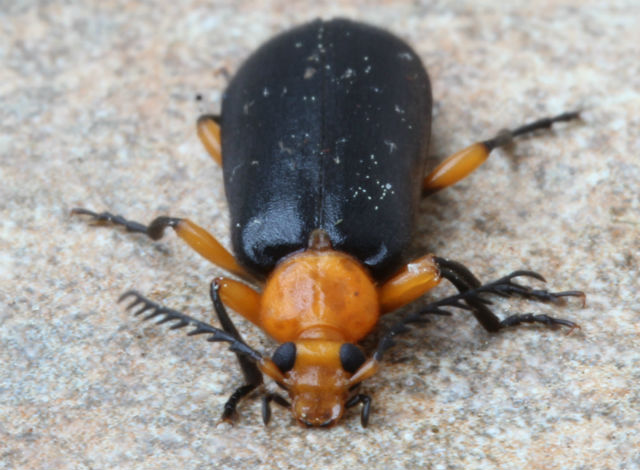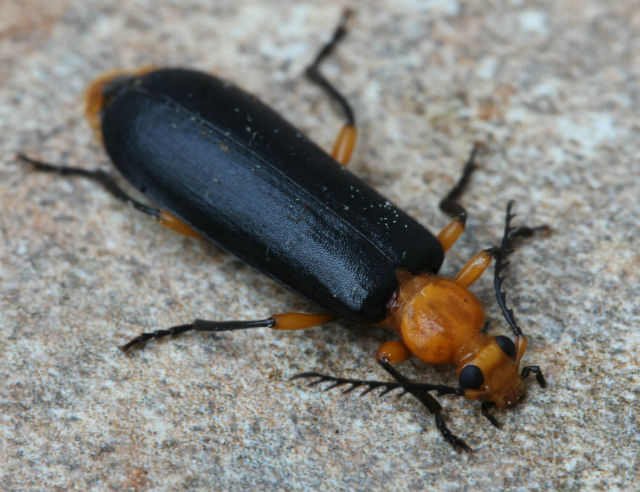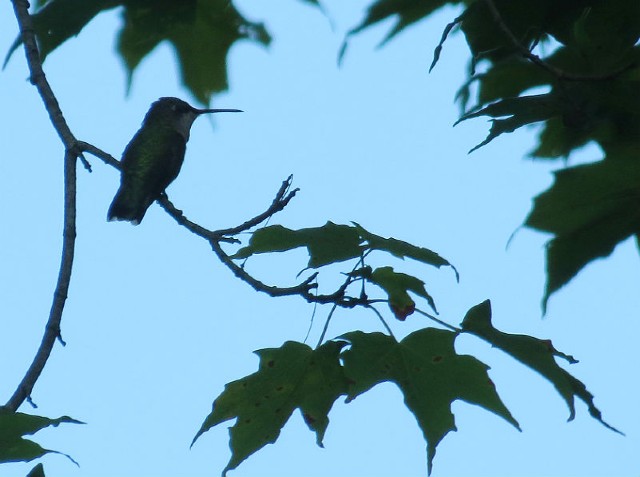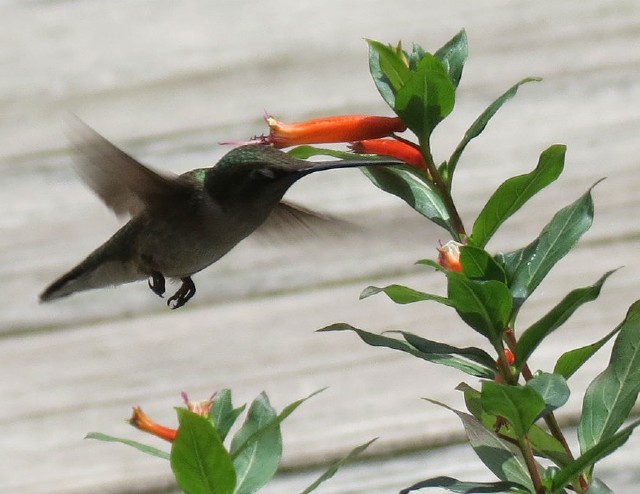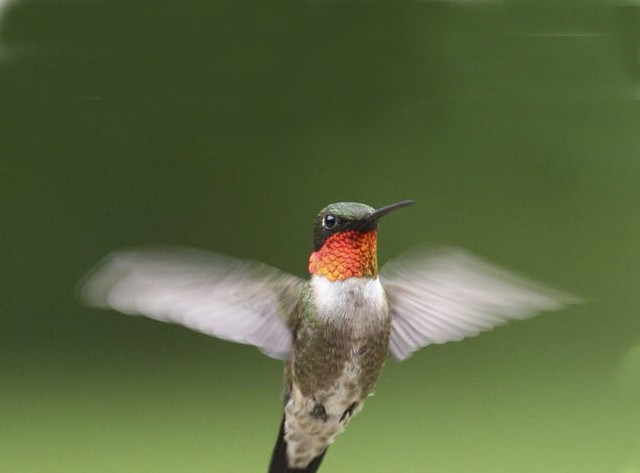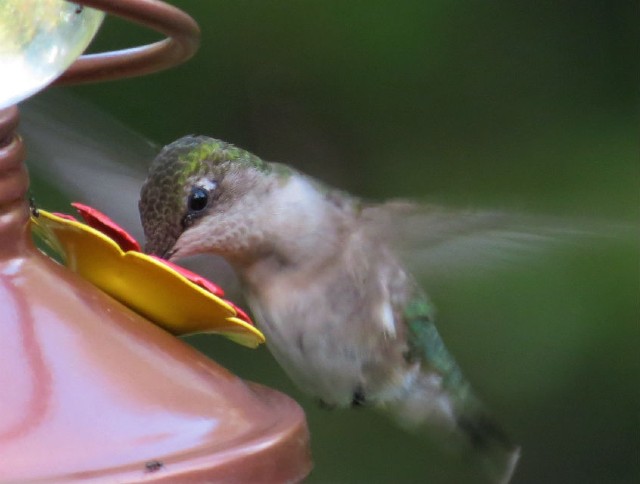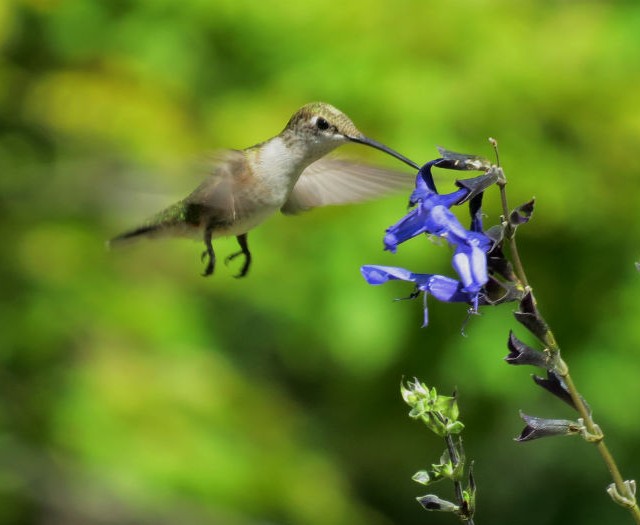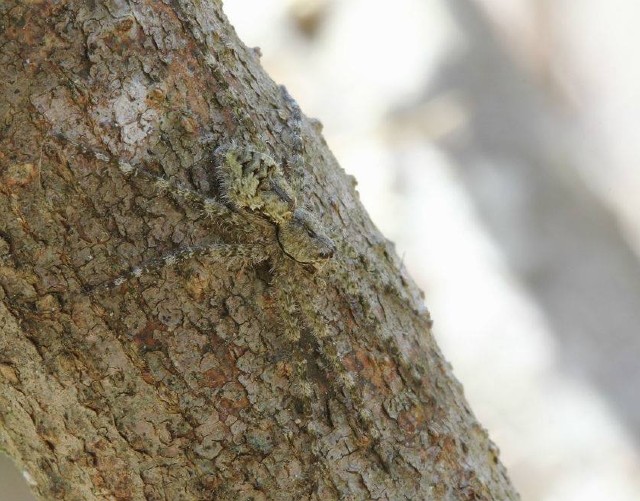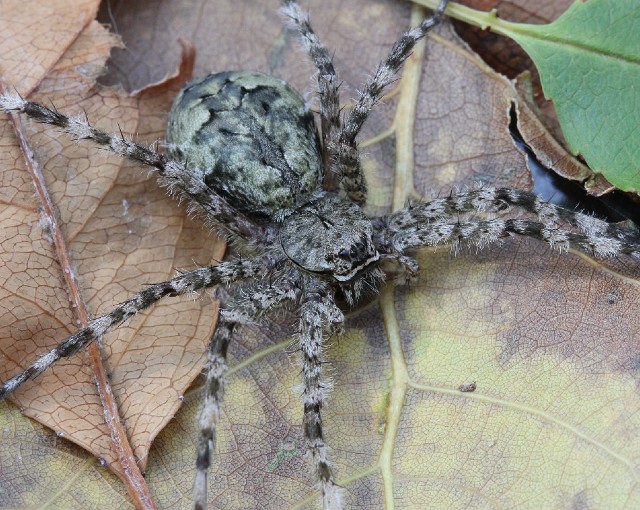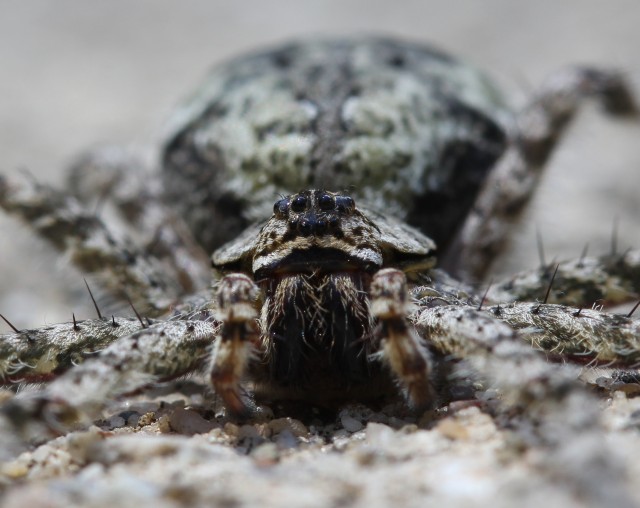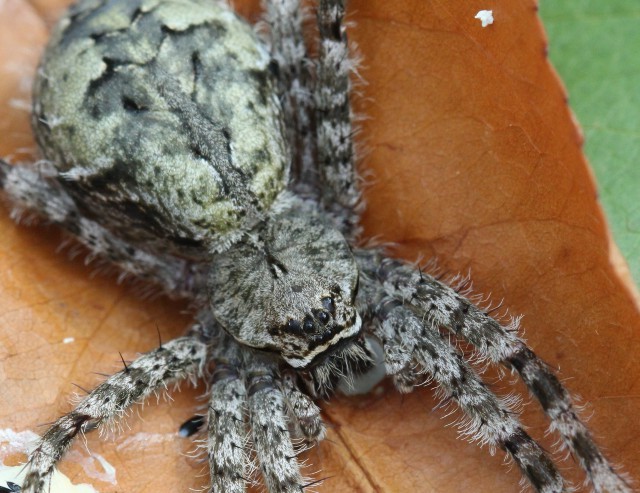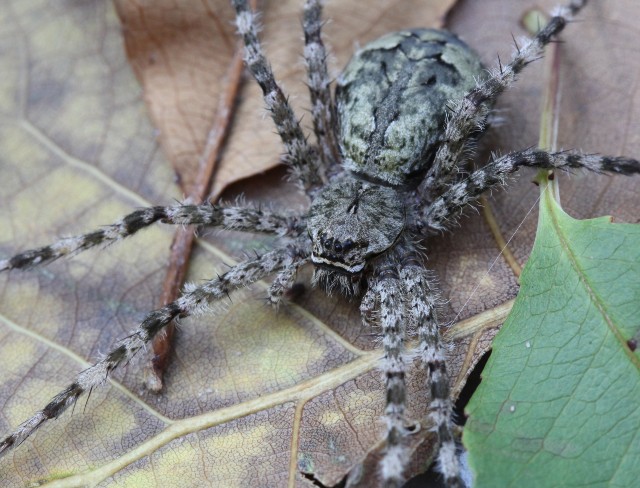Sometimes you can find crazy things in your backyard – all you have to do is look. This week I can across this strange organism.
Abortiporus biennis is a true oddball – a gnarled, messy-looking mass of irregular white pores that exude a reddish juice and bruise reddish brown. There is hardly a cap or a stem to speak of, and as it grows it engulfs sticks and blades of grass.
This gnarled form of this species is sometimes given the separate species name of “Abortiporus distortus;” it is apparently the most commonly encountered form of the species, though it does have a more normal looking variety with an identifiable cap and stem
This ground-dwelling polypore often puzzles collectors with its mixture of “normal” shelving clusters and “aberrant” cauliflower-like fruiting bodies.
Despite the common name “Blushing Rosette,” which refers to the hues seen in many fruiting bodies, the color is actually quite variable, ranging from cream, reddish, ochre, to brown.

